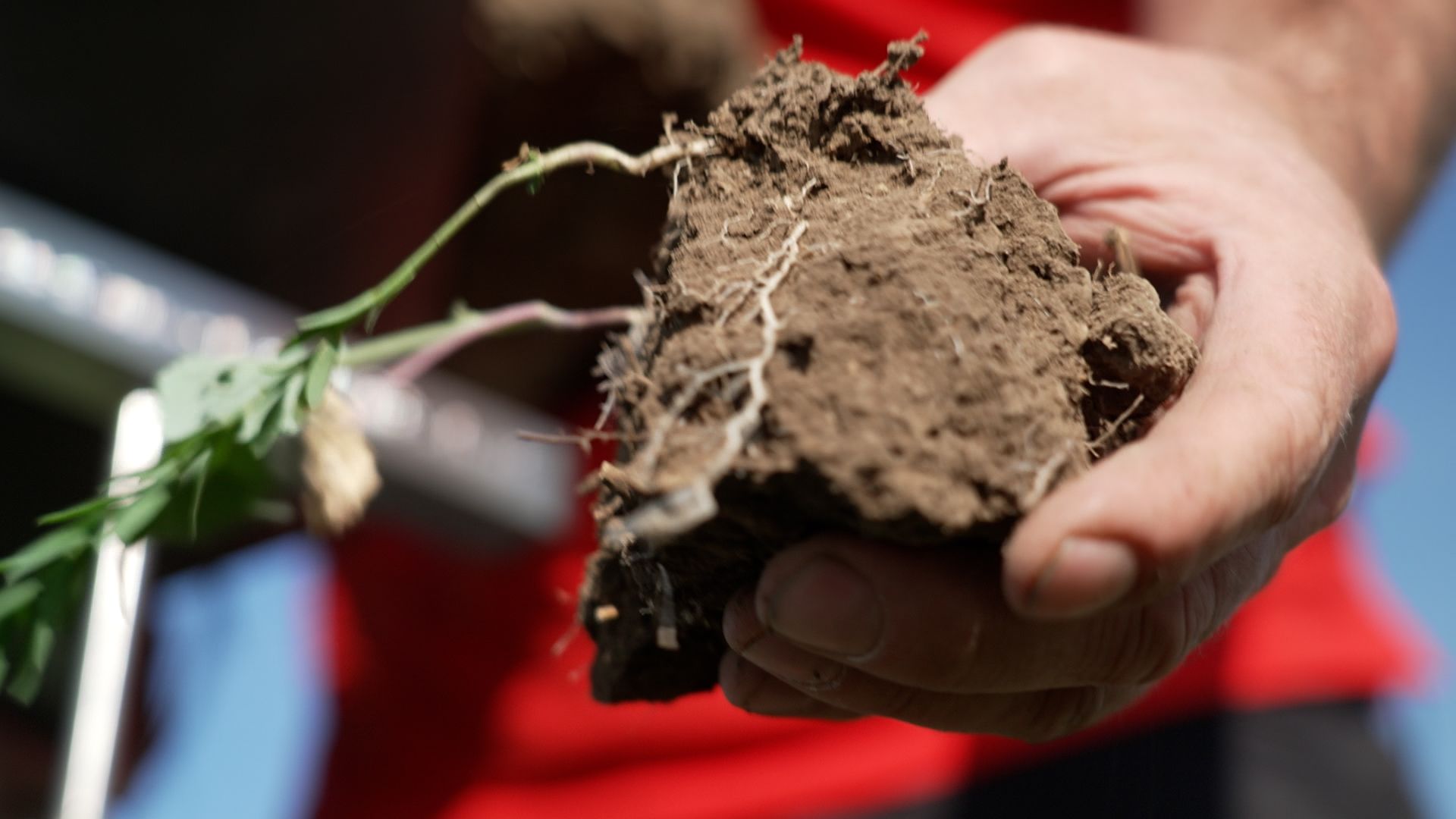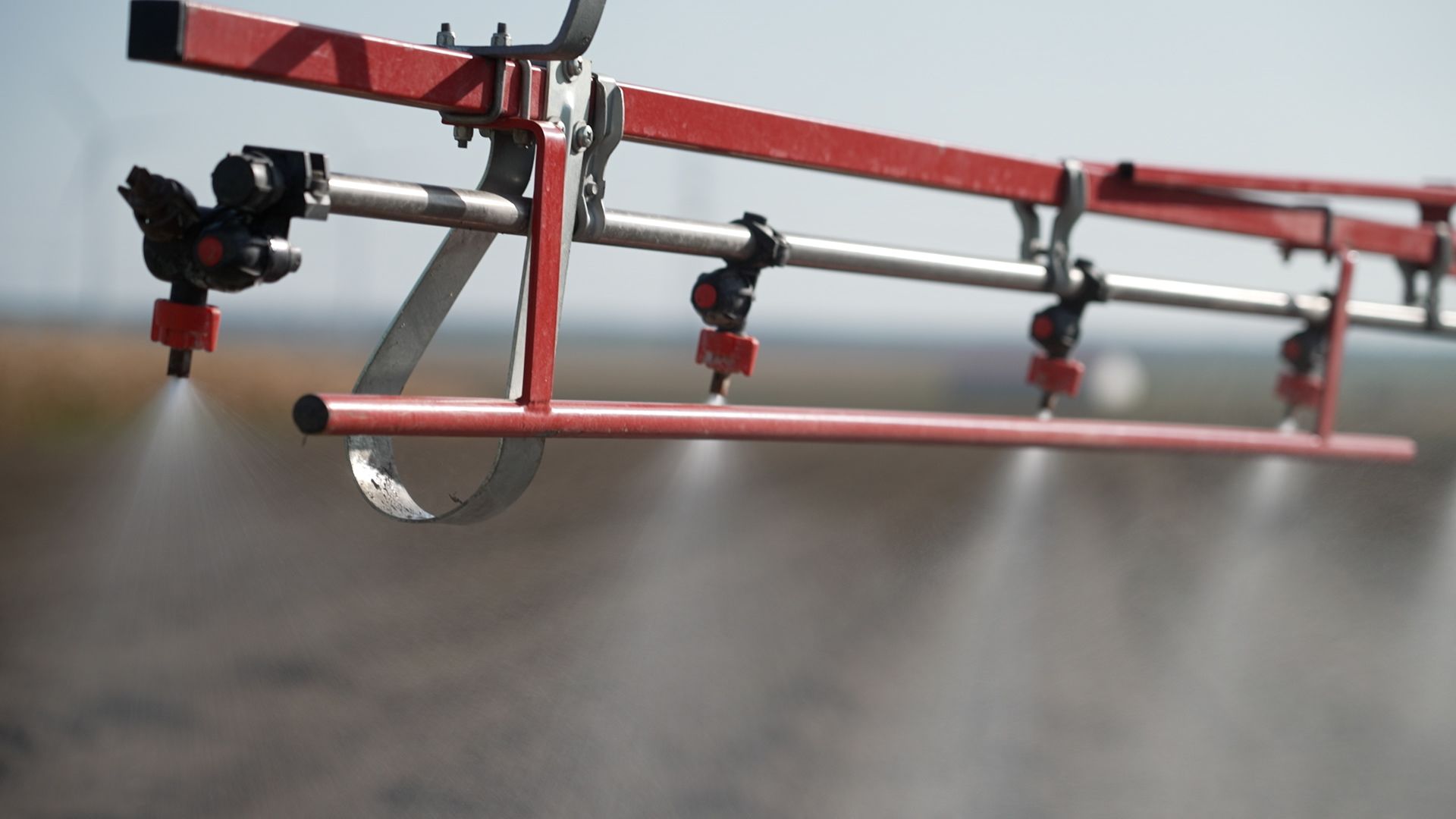GETTING TO
ZERO
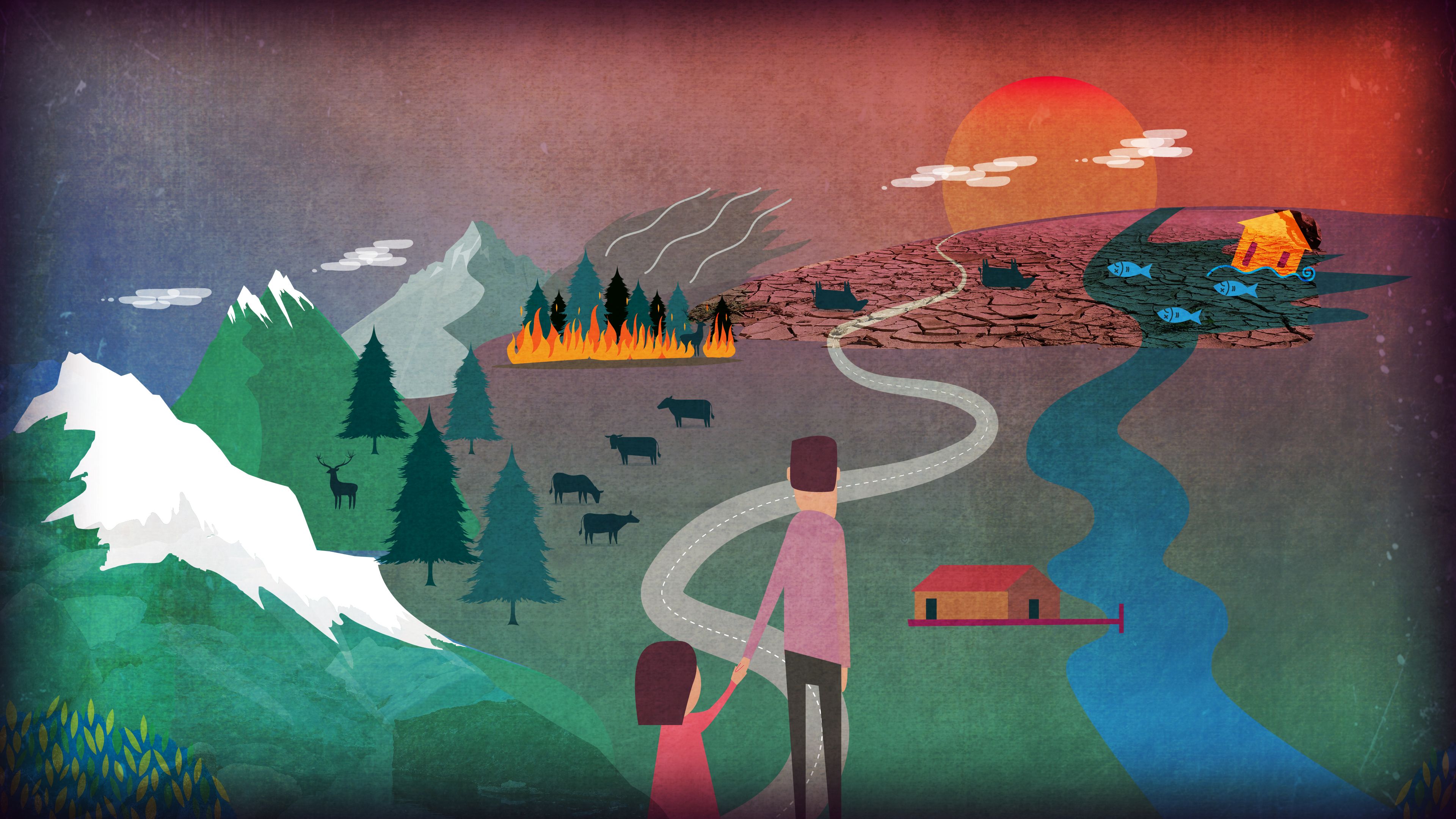
LOOKING AHEAD
2023
38 days with temperatures exceeding 1.5⁰C above average. Sea surface temperatures hit record highs for four months.
2050
1 billion people could be displaced by climate change.
2075
Large parts of the globe uninhabitable
TIME IS UP
Over the next 50 years, hotter temperatures combined with more intense humidity are set to make large parts of the globe uninhabitable. The UN says up to a billion people could be displaced by climate change by 2050 alone.
This year has seen unprecedented climate events, which have been mostly adverse. There were more than 38 days with temperatures exceeding 1.5⁰C above average, passing any previous records. The World Meteorological Organisation has warned that in the next five years, 1.5⁰C of warming will start to become the norm, and permanent by the mid-2030s. In addition to this, sea surface temperatures also hit record highs for four months this year. The oceans have played a crucial role in absorbing heat and mitigating climate impacts, however, there are growing concerns that they may be approaching their heat absorption capacity. Throughout the year, wildfires, extreme heat, and storms have persisted, raising concerns that Earth's climate may be crossing critical tipping points, making recovery challenging in the near future.
HOPE FADES FOR THE PARIS CLIMATE INITIATIVES
As the host country for the COP21 summit in 2015 that resulted in the Paris Climate Accord, France has worked hard on efforts to reduce its carbon emissions. The country is developing more environmentally-friendly buildings and increasing its use of renewable energy. But analysts say France still needs to do far more.
"Emissions of greenhouse gases in France are decreasing and have been decreasing for a decade," Lola Vallejo, Climate Director for Institute for Sustainable Development and International Relations (IDDRI) told CGTN. "It's part of about 20 countries globally that have been on this trajectory. But it's a kind of glass half full situation." She added: "Emissions are decreasing, but they're not decreasing as fast as they should if we want to meet our current commitments."
The Paris Agreement, adopted by countries during COP21, saw nations pledge to limit the global average temperature rise to well below 2 degrees Celsius above pre-industrial levels, while aiming to limit the increase to 1.5 degrees.
But the first global stock take, to be concluded at COP28, shows the world is not on track to deliver on this. France has been making strides in reducing its carbon footprint and is pledging to achieve net zero carbon emissions by 2050. Also in line with EU targets, the country hopes to halve its emissions by 2030 compared with 1990.
France widely uses nuclear power, which is a low carbon source of energy, and wants 40 percent of its electricity to come from green sources by 2030. Yet it emerged last year that France was one of the only EU member states that missed its renewable energy targets in 2020. Analysts say that French dependence on petrol-fueled cars is increasing and that the transition to electric vehicles is too slow.
Aware of the urgency of the situation, the country is putting more initiatives in place to reduce emissions. It has banned air travel for domestic short-haul journeys, if the trip can be made by train. Under the French Climate and Resilience Law, France wants clothes to be sold with labels which reveal their environmental impact. Laws have already been tightened for the real estate sector so that new buildings must have a lower carbon footprint.
THE NEW NOMADS
Instead of falling for right-wing rhetoric and opposing migration, award-winning science writer Gaia Vince argues that we should begin making preparations and establishing bodies to oversee huge population movements which are inevitable.
In her book, Nomad Nation, she also points out that migration is the basis of the human story ever since we left Africa over 200,000 years ago.
Now, in conversation with CGTN, she asserts that climate migration is already underway, with uncertain estimates ranging from hundreds of millions to one and a half billion people potentially moving by the middle of the century.
Vince highlights the historical significance of migration in human evolution and adaptation to changing climates. She points out that the current climate change is unprecedented in its speed and extremity, affecting an interconnected global population of 8 billion. The impact extends beyond borders, affecting infrastructure, food systems, and health, necessitating a more cooperative and savvy response.
She proposes a global solution, suggesting the establishment of a United Nations agency to oversee a planetary movement on an unprecedented scale, and draws parallels with the COP process for climate change, where nations collaboratively limit emissions.
LIVING OFF-GRID
Iolo ap Dafydd in Tywi Valley, Wales
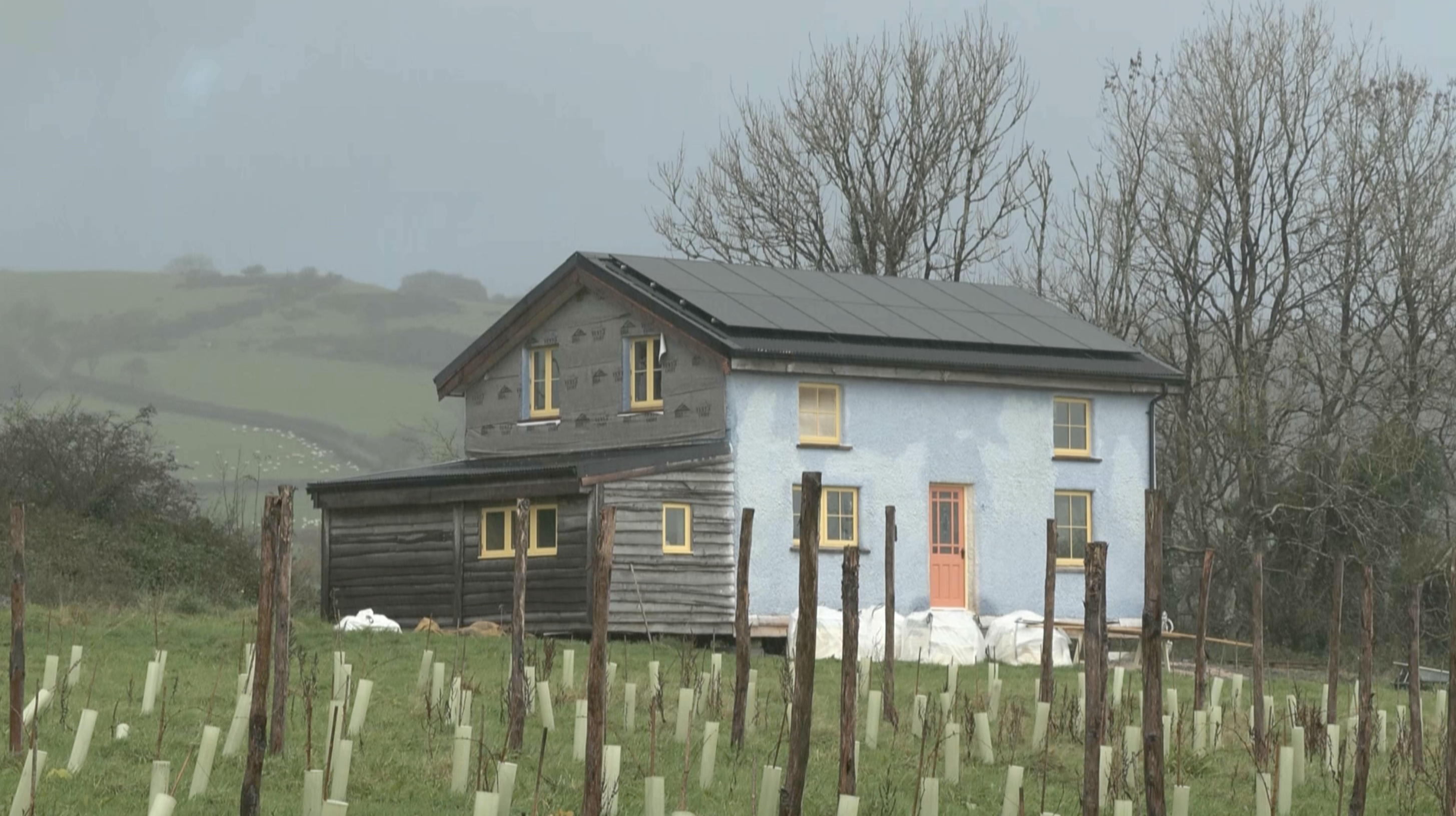
Wales is helping fund rural eco homes, but green living isn't easy.
How feasible is it to live completely off the grid and sustain yourself in terms of food, energy, finances and quality of life? Essentially to try and live in harmony with nature?
While the UK's goal of reaching zero carbon emissions may be decades off, some families in rural Wales are trying – and in some cases succeeding – to speed things along by building their own self-sustainable, zero-carbon homes under a scheme called the One Planet Development.
But while such programs, designed to inspire people to live at one with their environment, may give us a glimpse of what's possible in the future for some, skeptics say their aims are still unattainable for many – and that the policy can be even abused. However, that hasn't put people off from trying in good faith.
Near the picturesque west Welsh village of Llansadwrn, Sioned and her partner Antonio are building a timber framed house, lined with hemp and fully insulated. Solar panels on the roof will provide power and biomass will be grown for heating.
"It means that we can be self-sustainable, that we can generate electricity, and that we have our own source of water, and that we know how to look after ourselves and our family by growing our own food on site," Sioned tells CGTN Europe.
The couple are just some of the many families projecting a future based on the One Planet Development in western Wales, where permission for construction of homes is granted so long as they are zero carbon in construction and use. Essentially the policy allows people to live in the open countryside and - up to a point - bypass local authority planning rules.
But, they must prove their proposal within five years, and live within the requirement of lowering their carbon footprint. For Antonio and Sioned, thanks in part to a warming climate, they plan to realize this dream by developing a modest vineyard in a few fields around their house.
"We're not trying to earn a lot of money. What we're trying to do is earn enough to feed ourselves and pay for the bills that we have to pay for… and to keep things as minimal as possible," says Antonio. "We're going to try to make the prices as low as possible, which sounds counterintuitive, but I'm from Italy originally, and there a winery feeds the local village. "
Antonio and Sioned aren't alone. Nearby in Coed Talylan, a 30 hectare woodland on the western edge of the Bannau Brycheiniog, known in English as the Brecon Beacons, Sara and James are establishing a model community land trust.
Their plan is to develop a co-sufficient, low-impact, housing co-operative through the government scheme to "exemplify the social, environmental and economic benefits of mutual home ownership for aspiring landworkers."
Part of that includes developing business activities that draw on innovative techniques of mushroom cultivation, horticulture, timber processing, knowledge sharing and training in skills essential for building distributed networks of rural enterprise. A dream for many wanting to escape modern urban life.
"People who want to see this are passionate about the environment. They may also want to get out of the rat race, but at the same time, it's hard work," says Sara. "Basically, the planning process is actually quite cumbersome and there's a lot of hidden costs within that."
Some locals who have been in the area longer are also growing skeptical over certain parts of the scheme. They say there are drawbacks when it comes to making sure those benefiting from the program are actually sticking to the green guidelines.
"They're supposed to do an annual monitoring," says local farmer and Carmarthenshire County councilor Gareth Thomas. "But due to the constraints on the amount of people in the planning department and the cost of actually monitoring all these, it's not done."
With farmland and planning permission so expensive here, he even accuses some people of abusing the system by using it to get a cheap plot of land to build a house on.
And while the green pioneers here say a low-carbon lifestyle can be affordable, what's actually being done to encourage locals, as well as incomers, to try and reduce their carbon footprints?
"It's not widely advertized by the very government that actually created it," says Sioned. "It takes a lot of work, a lot of paperwork, and a lot of research as well, which maybe doesn't make the policy as accessible to everybody as it should be."
The cost-of-living crisis in the UK and the high cost of buying an affordable home also makes it harder for the majority of people to invest time and money to adopt an off-grid lifestyle. But as a model for a greener and perhaps happier life, those building their lives under the scheme can count their blessings.
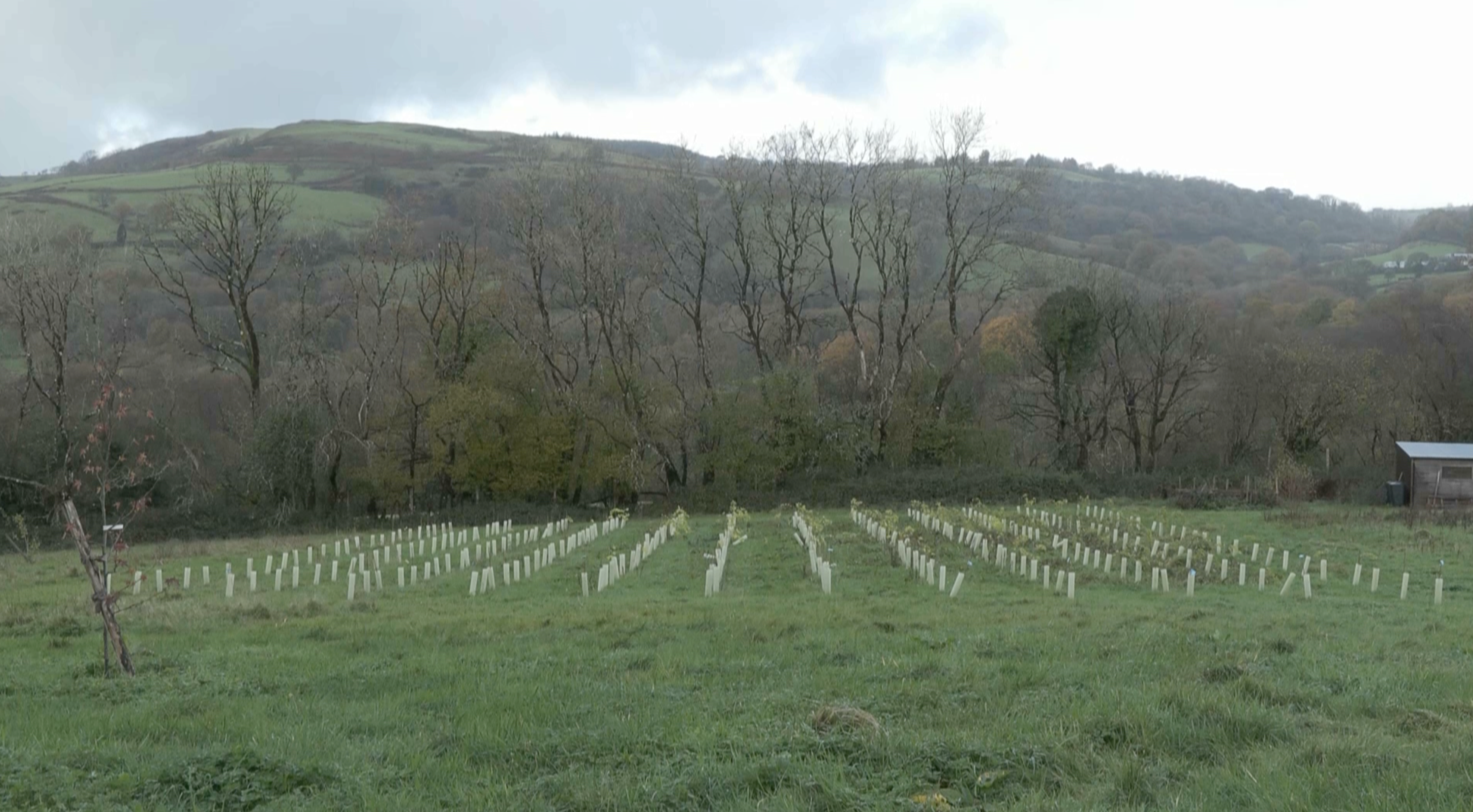
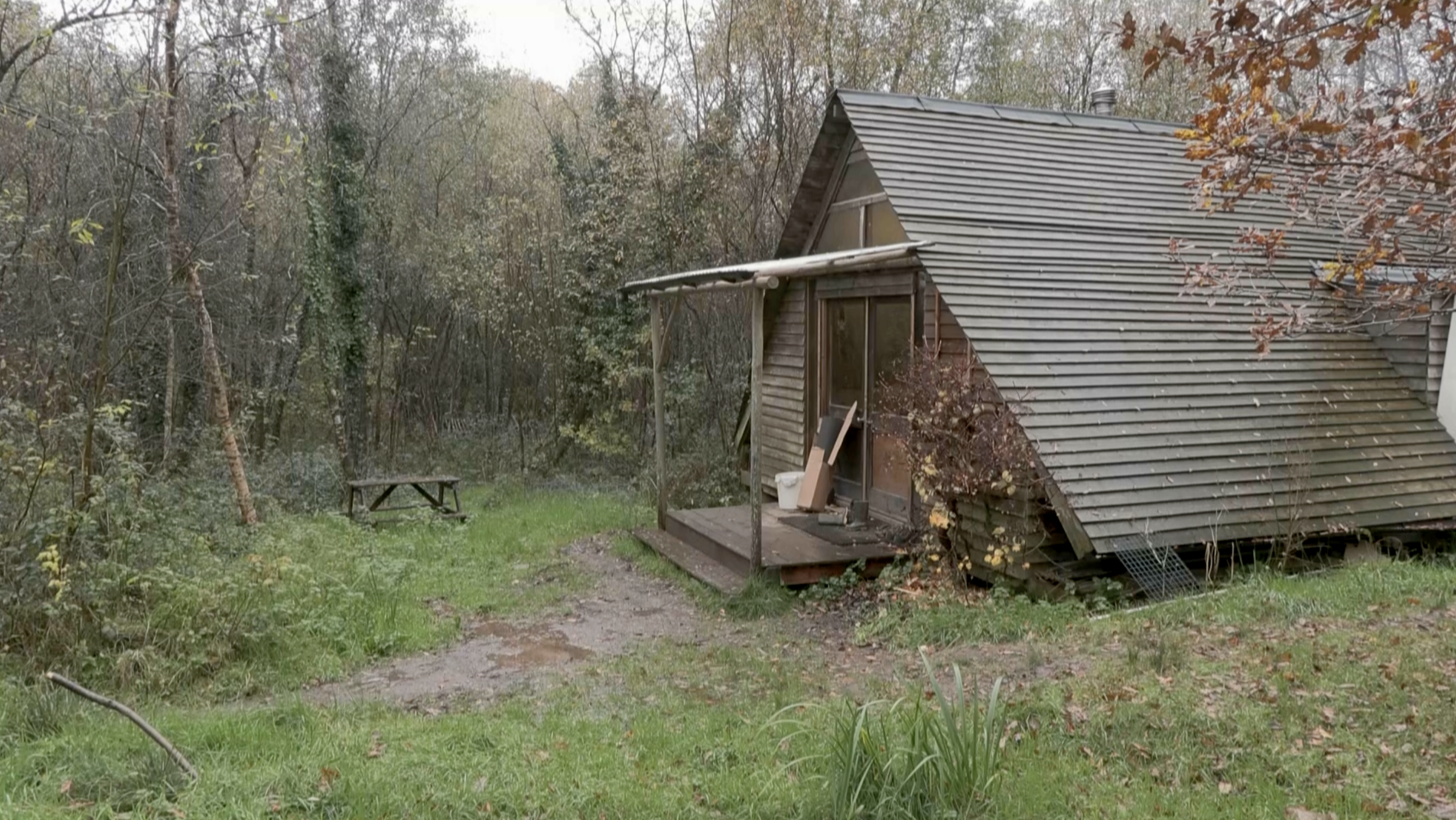
2023
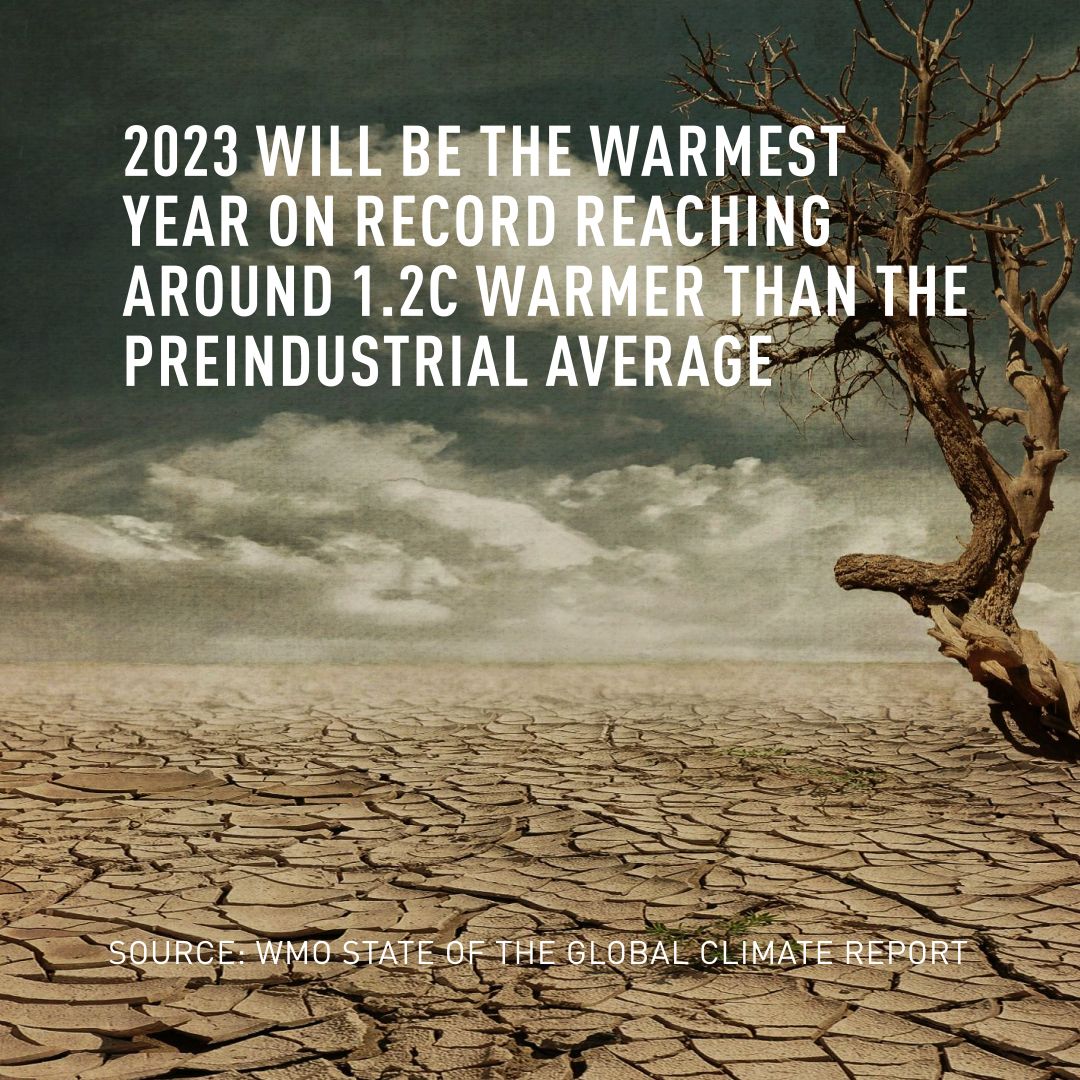
Earth
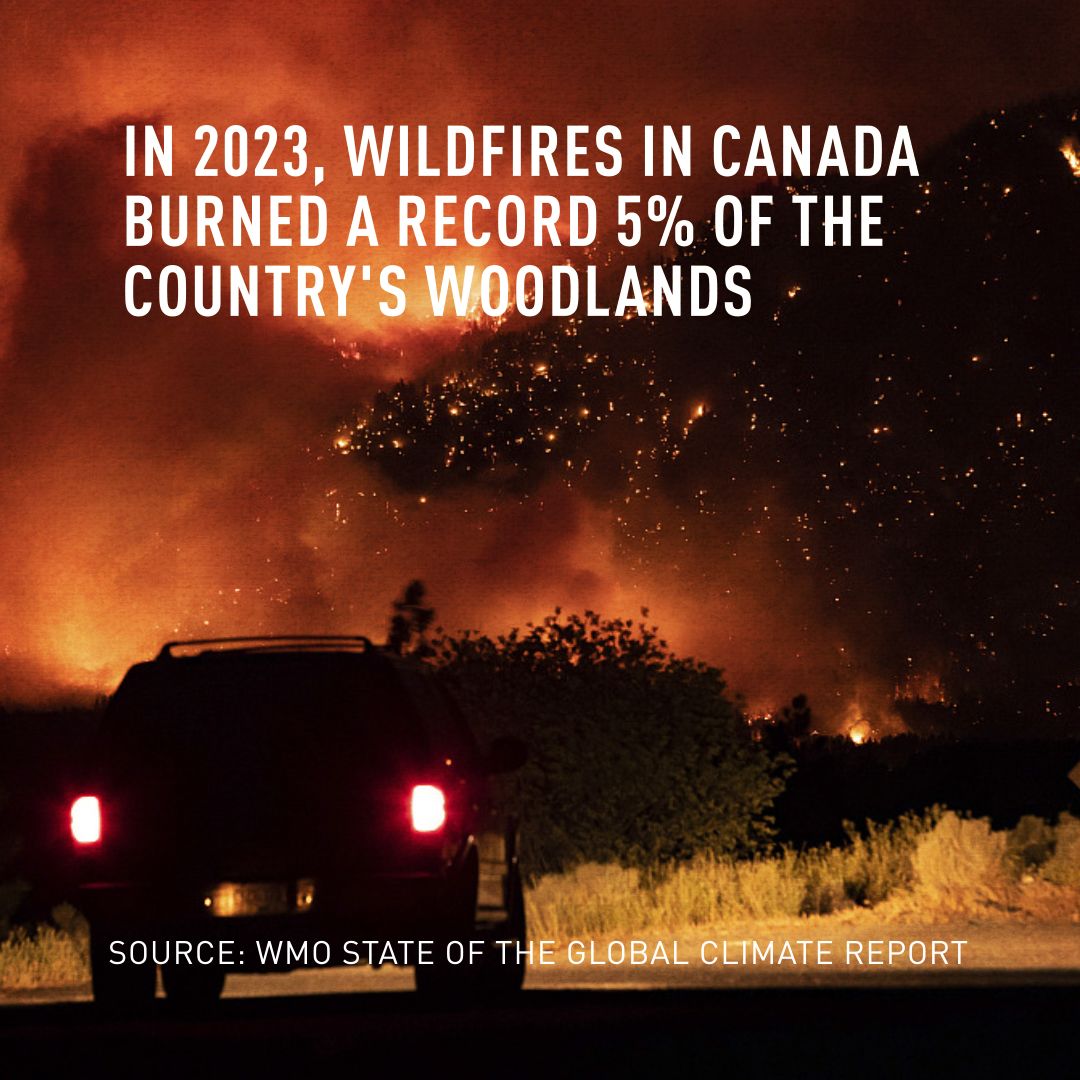
Fire
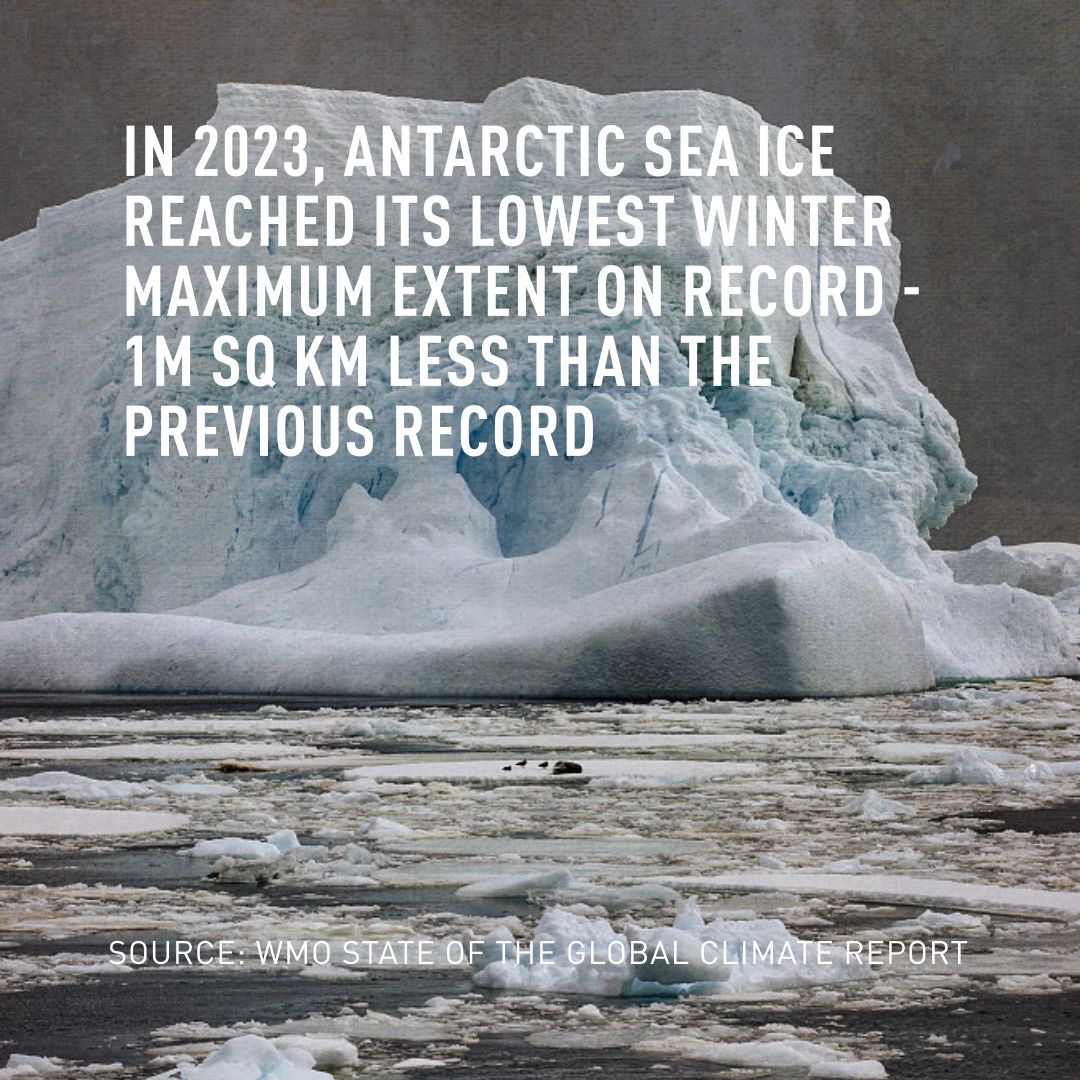
Ice
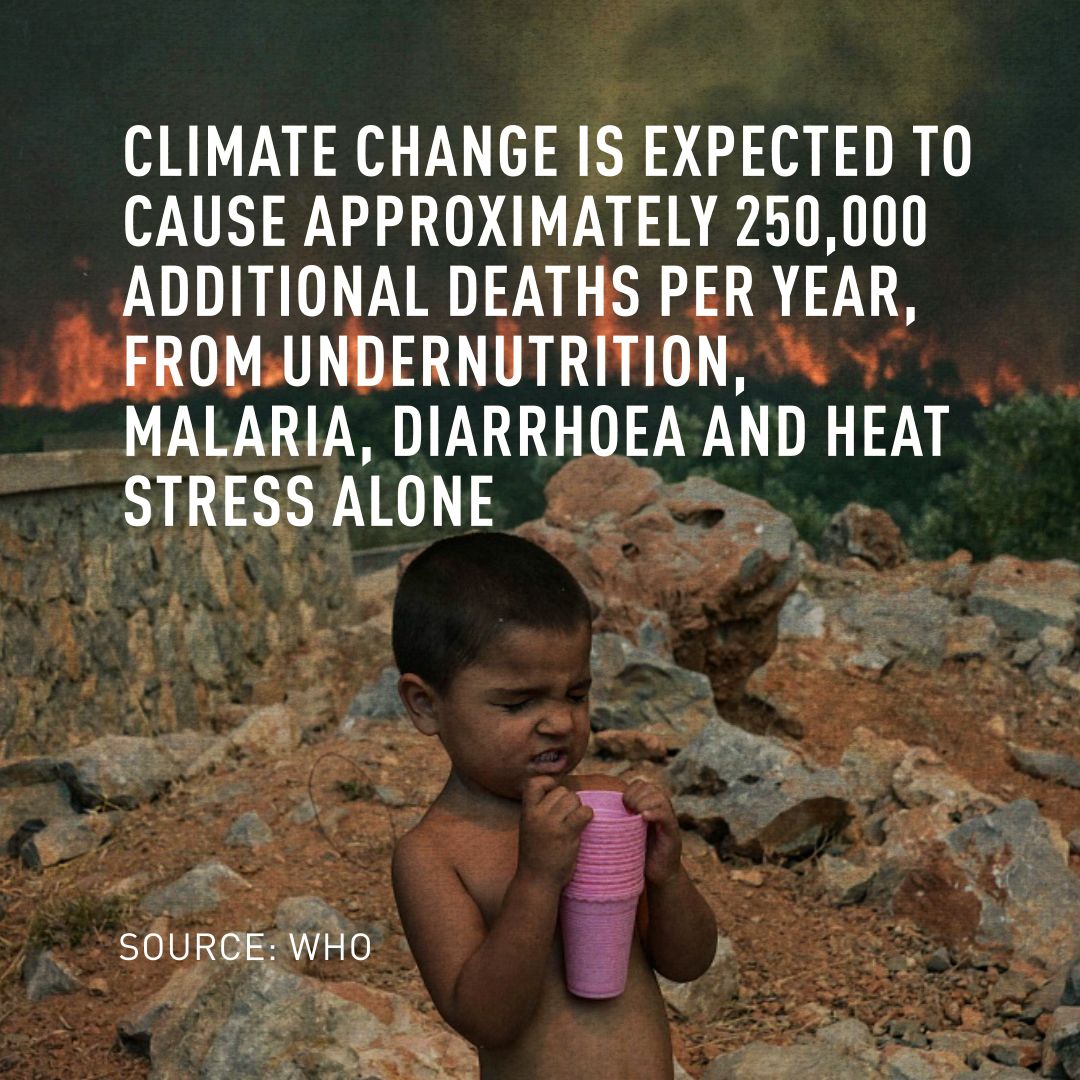
Health
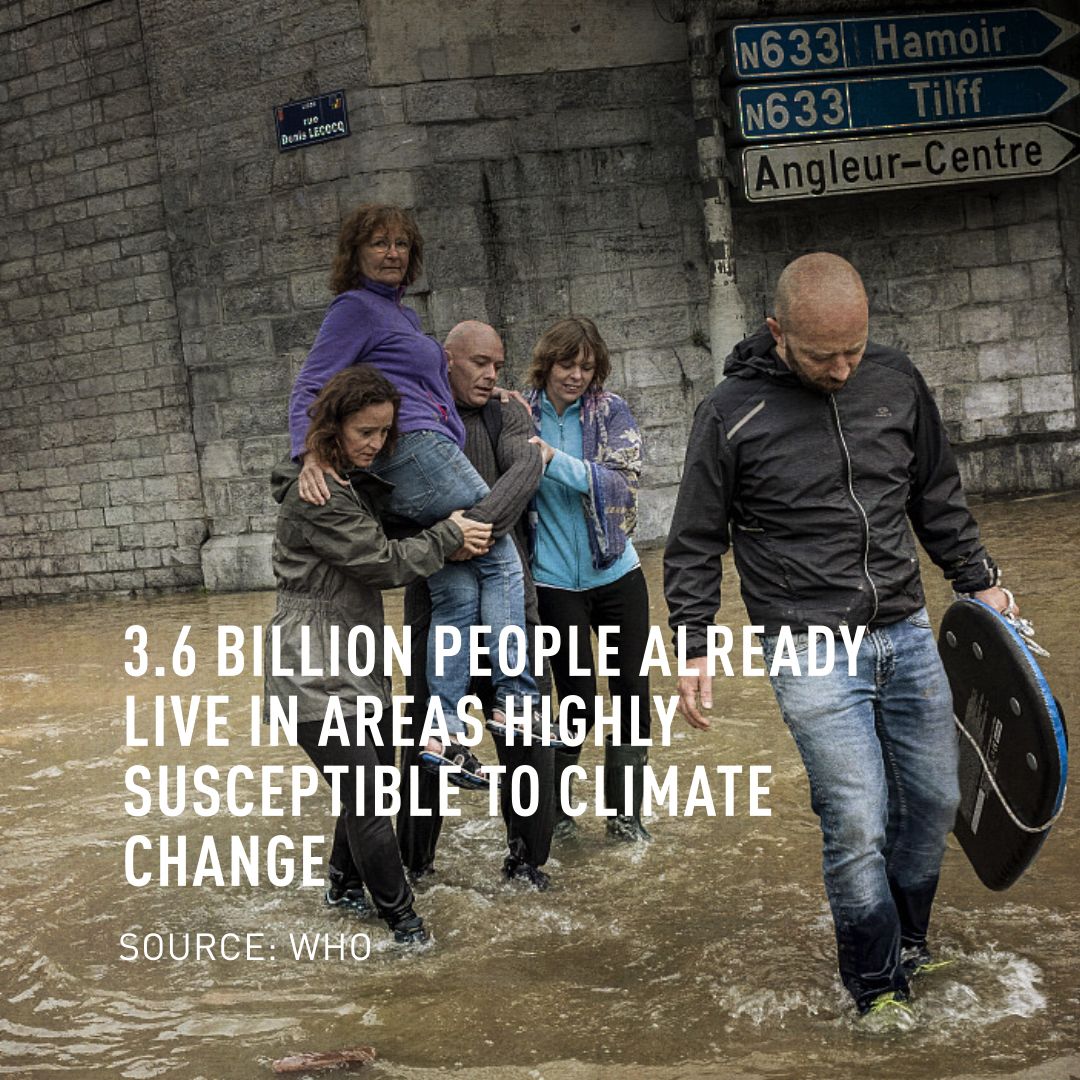
Disasters
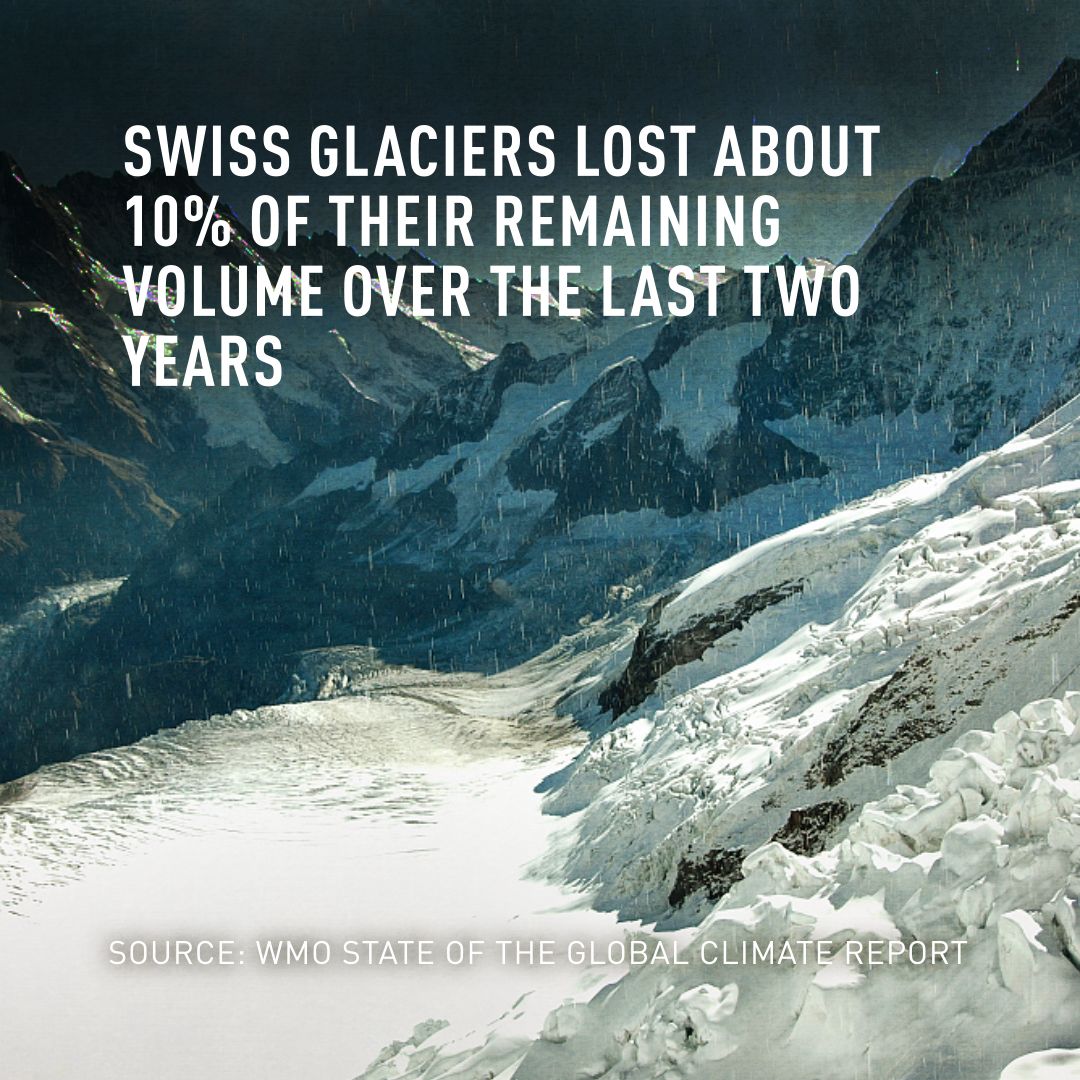
Water
Food for thought
Li Jianhua in United Kingdom
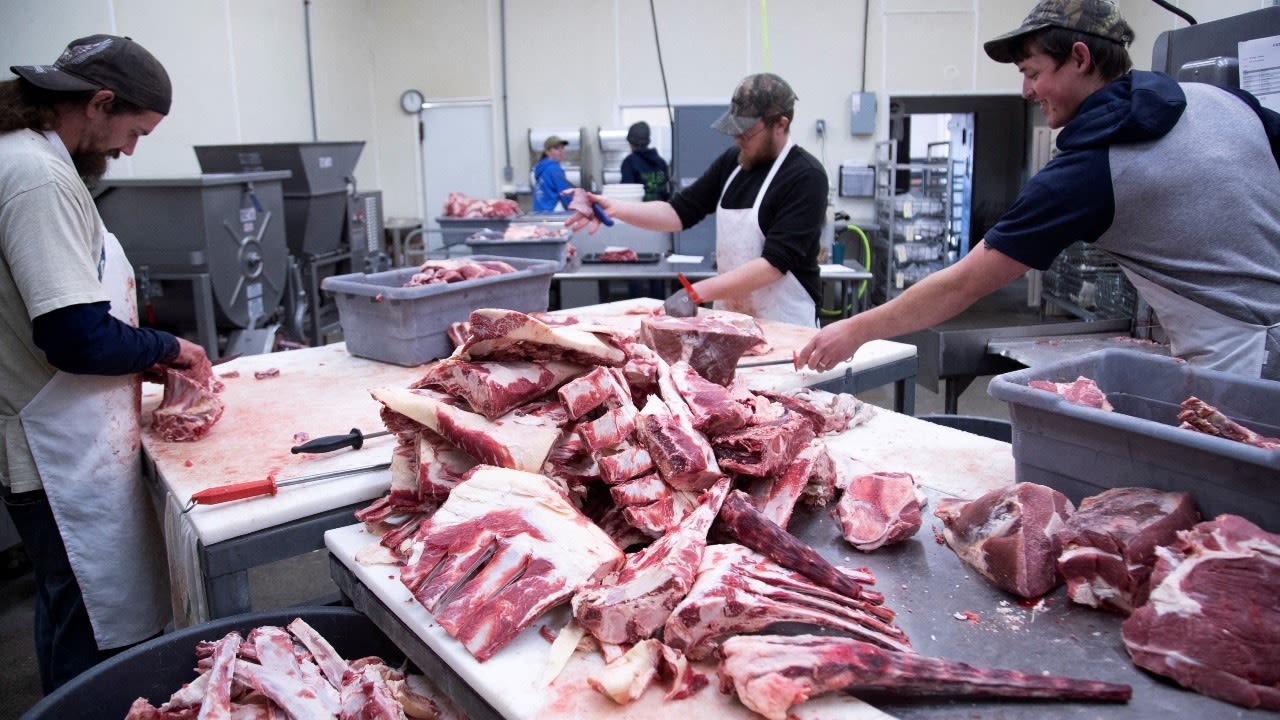
Reduce your carbon footprint significantly through food
The United Nations estimates that global food production and distribution contributes a third of the world’s carbon emissions is food for thought.but despite widespread knowledge of this, the world's food footprint keeps rising year on year. This is predicted to contune as people's incomes around the world rise unless there is a marked change in our atttitude to our diets.
So, reducing emissions from the food system is a 'must-do' for our world.
Food needs to be produced, processed, transported, distributed, and prepared before it finally gets to consumers. The entire food chain can be classified into three areas. Firstly there are land use change activities such as deforestation for dairy farming, which accounted for 36 percent of the Food Footprint in 2019.
Then there is agricultural production with a contribution of around 52 percent and lastly there is beyond-farm activities such as food processing, packaging, retail, transport, fertilizer manufacturing, and industrial wastewater treatment - which all together account for around 13 percent of the food footprint.
Additionally, around one third of all food produced is either lost or wasted each year according to the UN Food and Agriculture Organization (FAO). A recent paper in Nature Food indicates that emissions from food waste constitute nearly half of the emissions of the entire food system.
HOW MEAT CREATES EMISSIONS
It is important to acknowledge that what we eat has a direct impact on emissions.
A recent study published in Nature Food finds that global greenhouse gas emissions from food systems increased by 2 gigatonne CO2 equivalent per year over the past 20 years, largely driven by the increase in the global consumption of animal-based products.
Scientists have found significant variations in emissions among different food products. When consumed in the same quantity, emissions from red meat are much higher than those from other food categories.
Livestock alone creates 14 percent of all greenhouse gases globally, with cattle being by far the largest contributor, according to the United Nations' Food and Agriculture Organisation (FAO).
At 58 percent, most emissions in livestock farming result from feed production, followed by digestive processes at 31 percent, processing and transport at 7 percent, and storage of manure at 4 percent.
A study about the environmental impact in producing one kilogram of different foods shows that beef production remains the biggest source of greenhouse gases. The simplest and most effective way to limit your impact seems to be by reducing meat and dairy in your diet, particularly beef and lamb.
However, YouGov polls in the UK indicate that people who never reduce their consumption of meat saw an uptick from 22 percent in 2022 to 26 percent in 2023.
YOU CAN MAKE THE DIFFERENCE
All food is not the same, explains Yuli Shan, Associate Professor in Sustainable Transitions at the University of Birmingham.
"Food that involves land use change activities in regions with abundant natural resources such as forests and peatland are highly intensive," Shan explains. "So products from Brazil, Indonesia, and the South and Central African regions can have large land use emissions during food production.
"Whereas due to highly intensive agriculture and advanced food production technologies, most locally produced foods in Europe have emissions levels that are among the lowest in the world."
But you still need to be vigilant when consuming European products because the meat in your pie or burger may not be from Europe. Brazil, the largest beef exporter to European countries, contributes significantly to processed meat products on the continent.
Scientists have proposed several healthy diets such as the EAT–Lancet planetary health diet. This diet is the product of 37 of the planet’s foremost experts from multidisciplinary and multicultural backgrounds coming together to propose scientific targets for what constitutes both a healthy diet and a sustainable food system.
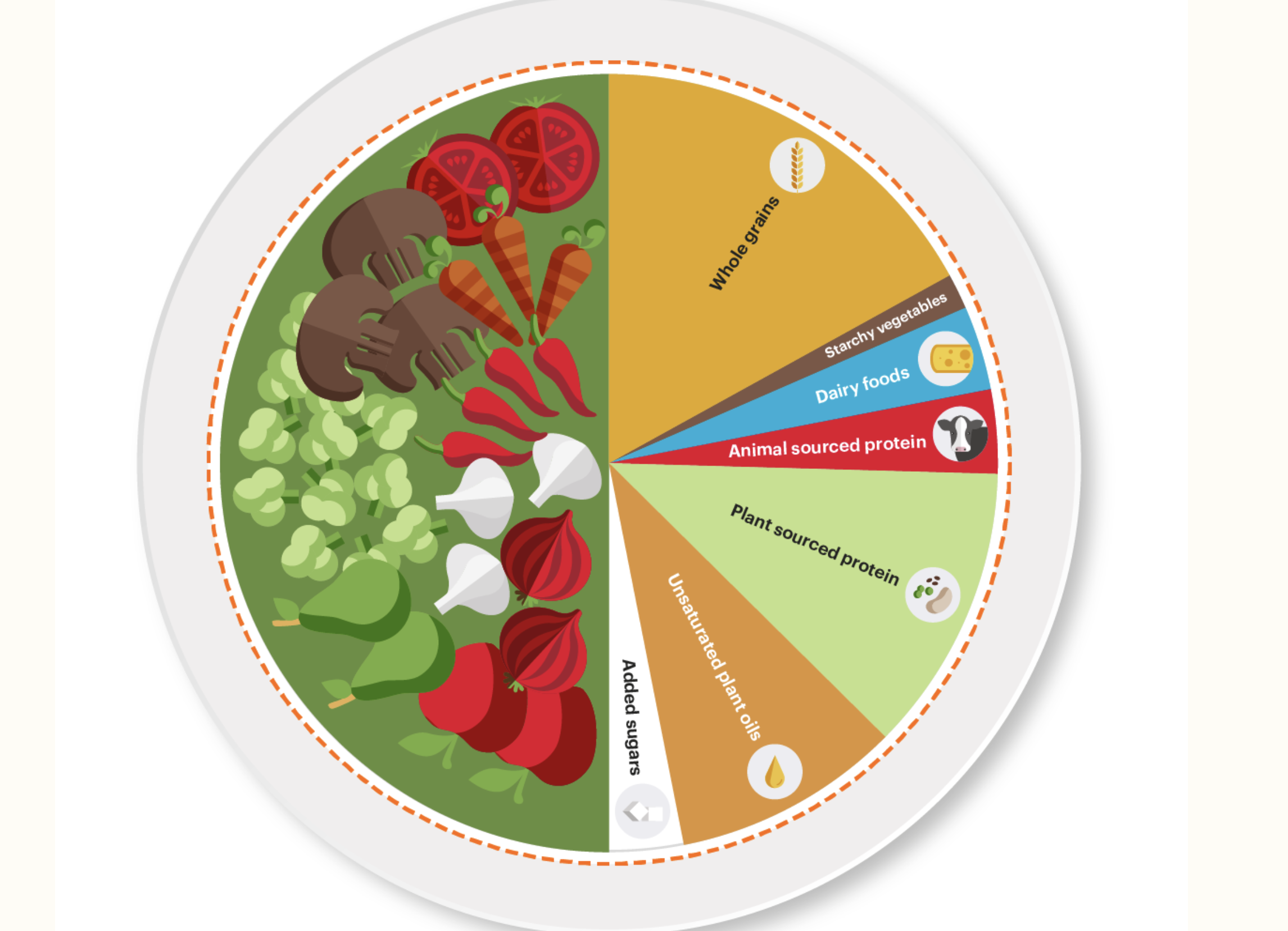
Shifting consumption from red meat to plant-based protein, will not only reduce emissions but can also help consumers avoid health risks such as obesity and cardiovascular disease - yet the uptake is still slow.
"Several incentives can be taken, such as encouraging consumers to reduce red meat or buy products with higher environmental dividends through eco-labeling, adding taxes or subsidies reflecting some of the environmental costs in product prices, and education on actual food emissions." says Shan
The concept of offering incentives to consumers has already been widely rolled out.
Mexico and the UK have implemented taxes on sugary beverages to reduce consumption and combat obesity in 2014 and 2018 respectively. Japan offers subsidies to farmers who grow specific fruits and vegetables to promote healthier eating habits.
The U.S. also designed a Supplemental Nutrition Assistance Program (SNAP) providing incentives to low-income or no-income individuals and families to purchase fresh produce at farmers' markets.
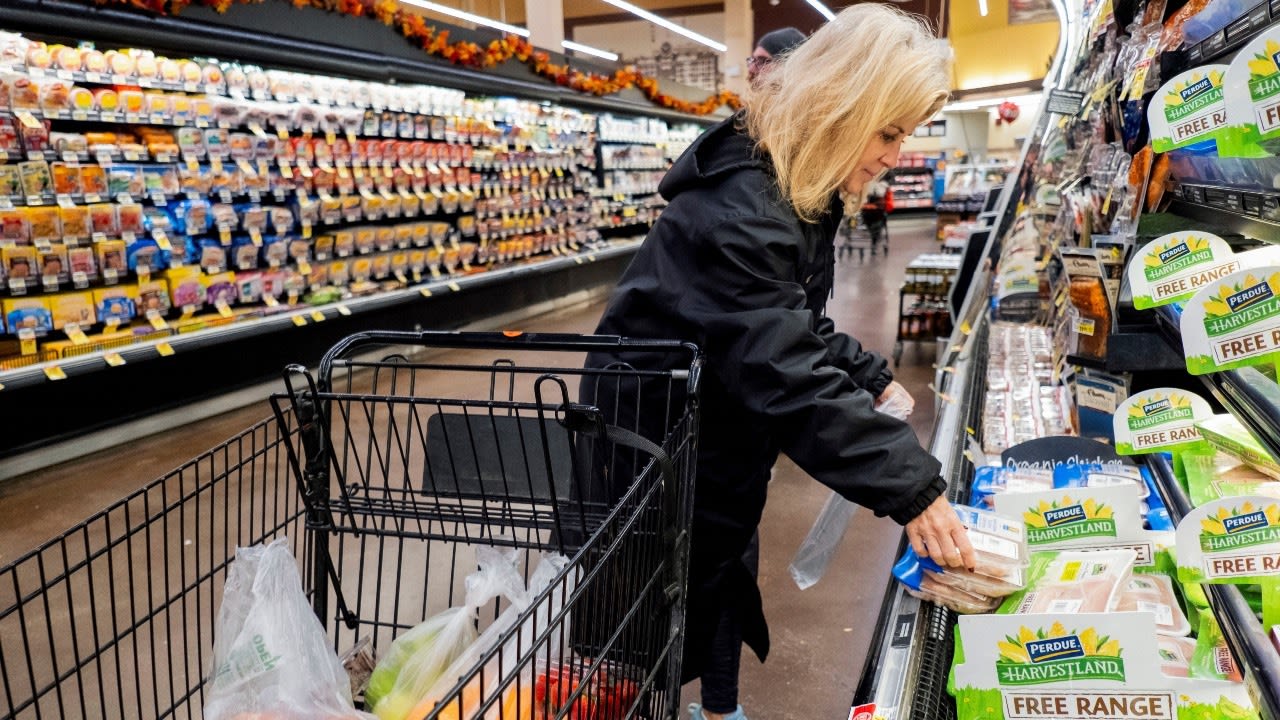

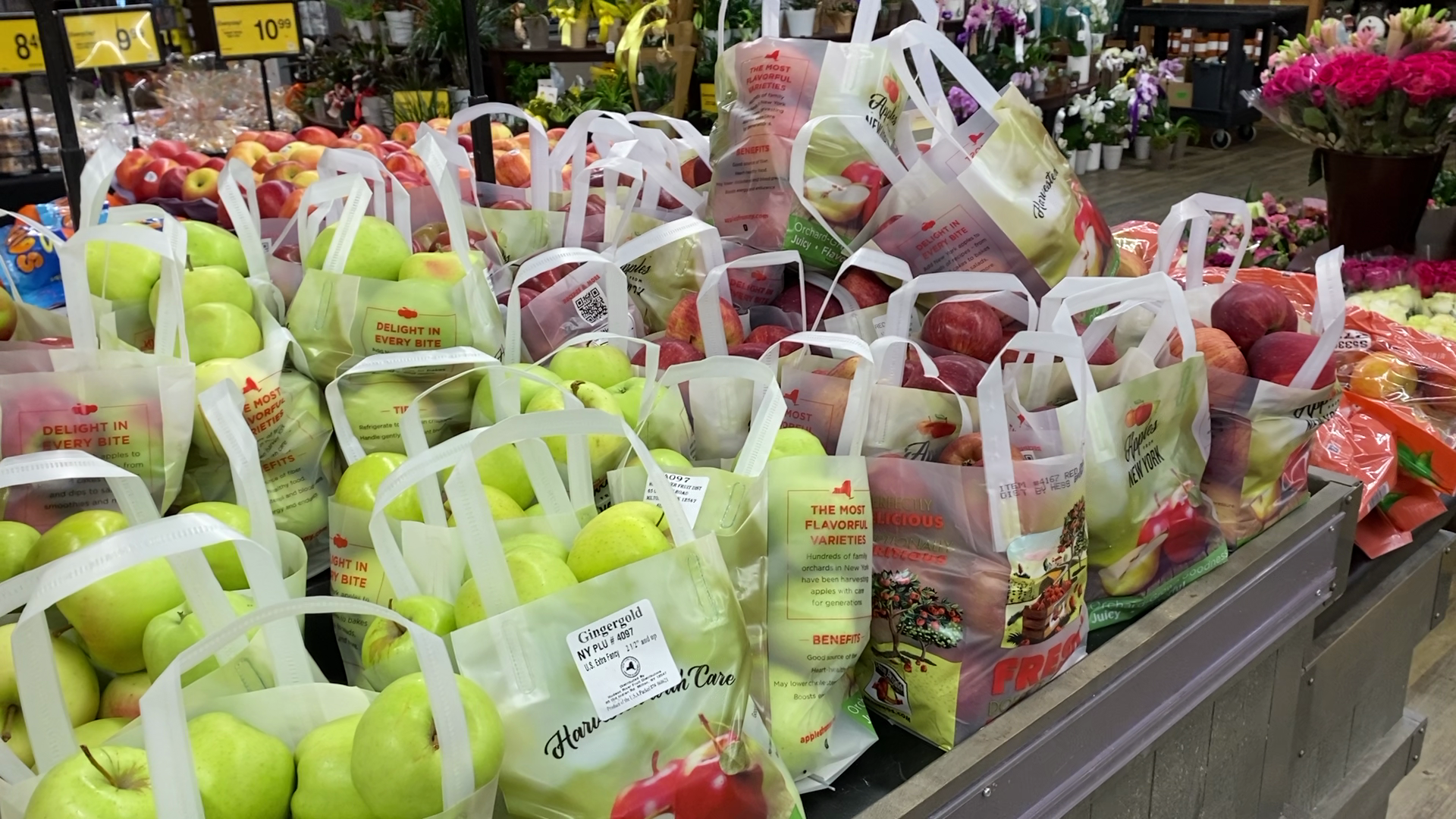
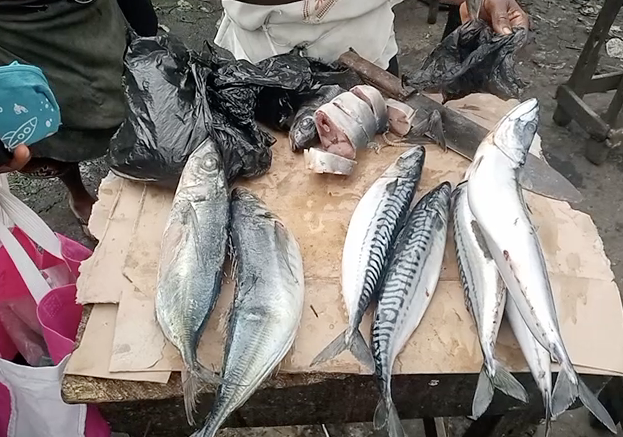
How to reduce your food footprint
- Diversify the composition and source of food, increasing the proportion of vegetables and fruits.
- When buying meat, choose options with lower emissions, such as chicken or fish, cut down red meat.
- Opt for pasta or other grains instead of rice.
- Avoiding food waste, cut down on perishable items or only buy what you can eat.
- Reduce consumption of air-freighted foods opting for locally produced, seasonal products.

BACK TO GRASSROOTS
Denmark provides tax deductions for farmers who practise organic farming and adopt sustainable practices and the UK also offers similar incentives.
Will Dickinson’s family have been working their land in Hertfordshire, UK for generations and have seen many changes in agricultural practices.
The family farm is about the size of 400 football pitches - and in addition to growing wheat, it also produces beef and lamb.
Dickinson has started to take up the UK government's incentives to go greener. And as part of this initiative, he is rewilding parts of his farm to encourage wild birds and wildlife.
"We are encouraged to plant special crops that are designed to provide seed that will be available to birds in the wintertime," says Dickinson.
UNINTENDED CONSEQUENCES
However, these incentives feel counterintuitive to Dickinson.
"I’d argue that one of my principal aims in being a farmer is to produce food. The sad irony of a lot of the environmental schemes is their impact on the food production," laments Dickinson.
The farmer argues these can impact the ability of the UK to be self-sufficient in food production, which would be difficult to reverse as putting fields back into production in an emergency can take months or even years, leaving food prices vulnerable to external shocks.
It’s also bad for emissions as our food will have to be transported, sometimes long distances, which is one of many issues.
"It (food) is often produced under systems that would be illegal in this country, either with the use of pesticides which are not approved in the UK or with regimes that are not allowed in the UK in terms of environmental protection or in terms of animal welfare," he points out.
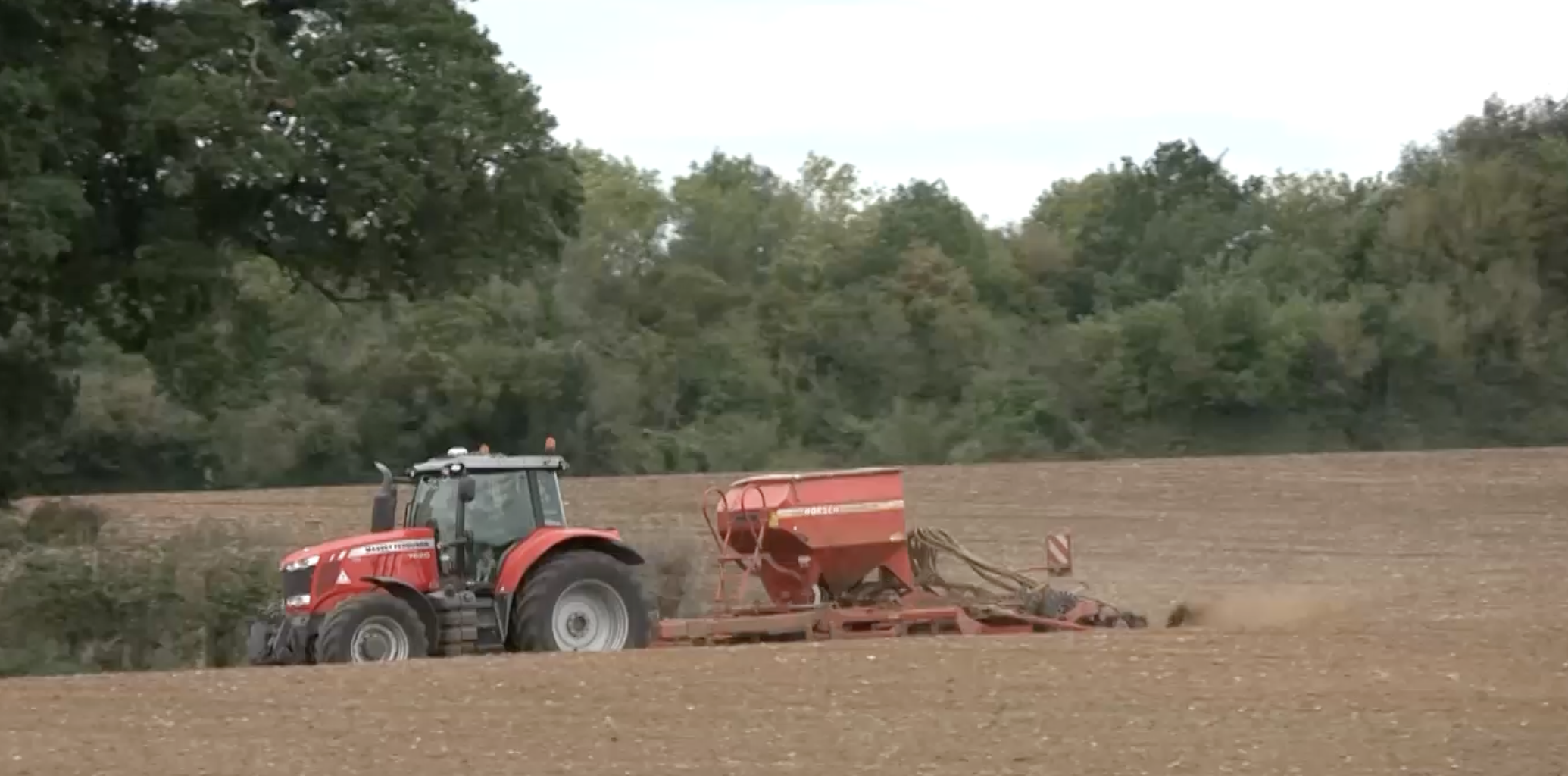
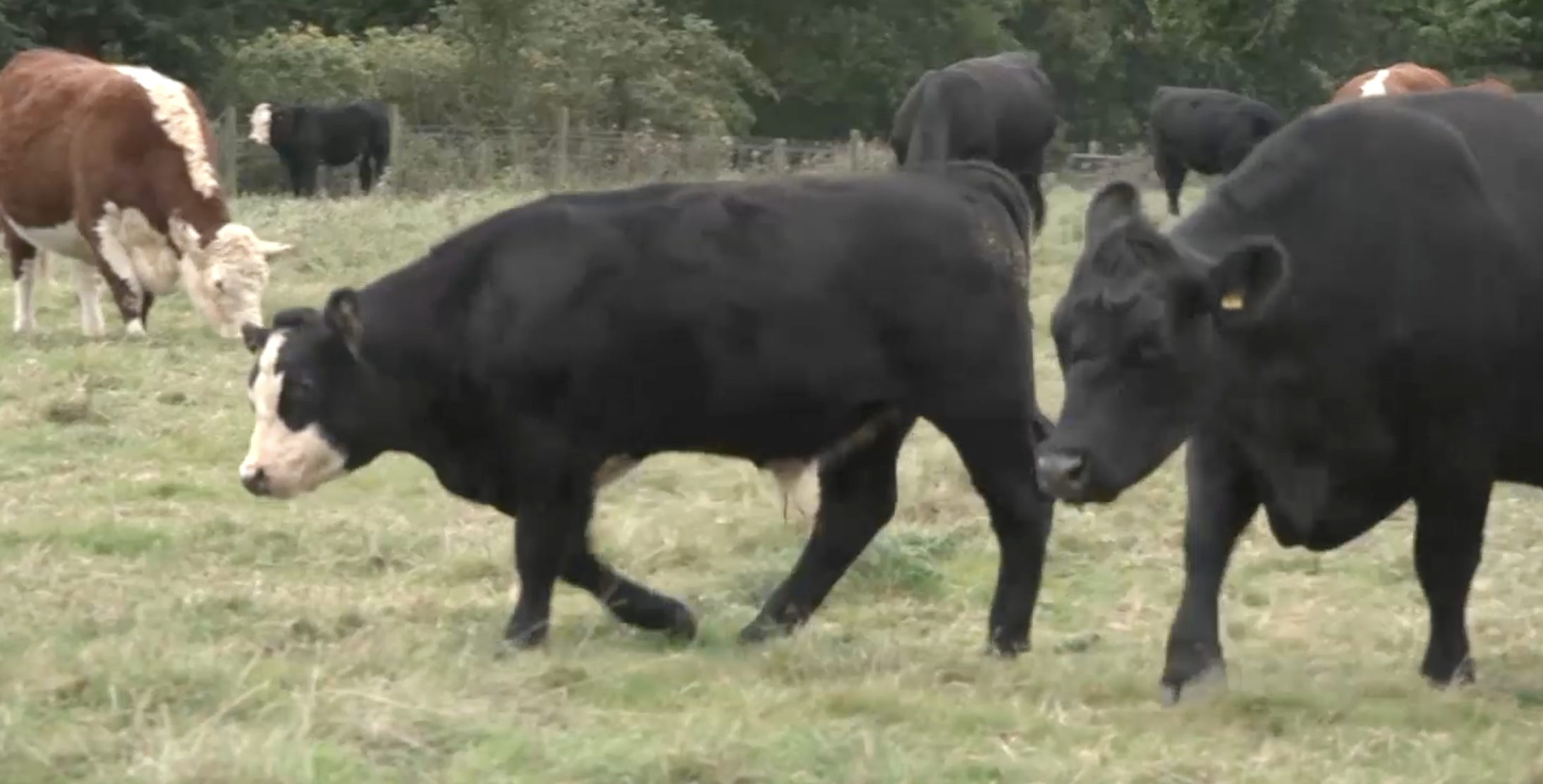
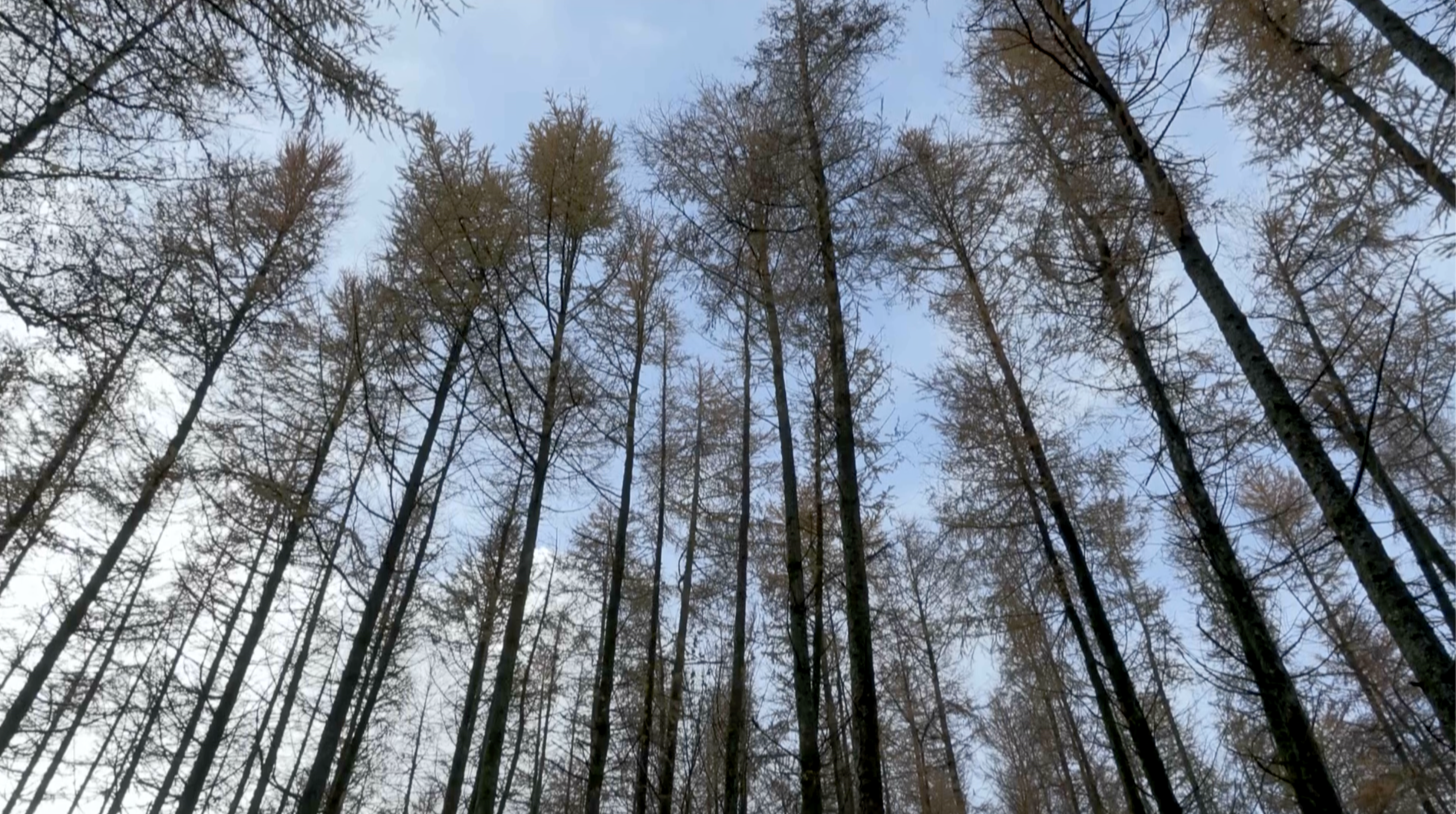
Crops fighting climate change
Johannes Pleschberger in Vienna
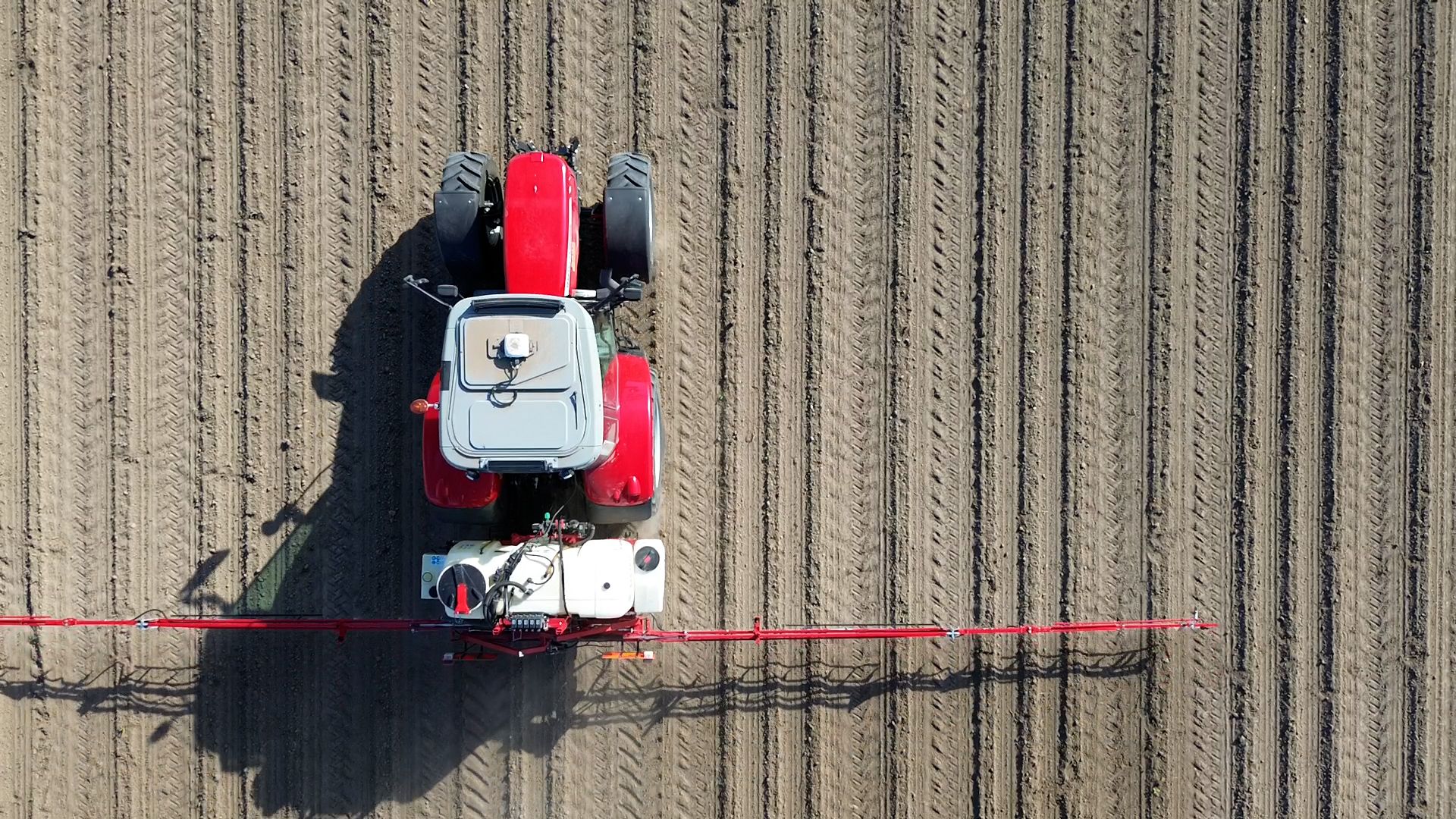
With more and more companies committed to net-zero emission goals, schemes offering carbon credit offsetting are increasingly popular. One such programme in Austria has businesses pay farmers to treat their land to store more CO2 from the atmosphere.
CGTN visited a so-called carbon farm outside Vienna. Salts, mushrooms and stone sediments. "We are brewing a compost tea which massively strengthens the plants," says Herbert Zetner, who uses specific fertilizer ingredients hoping to enable his crops to help fight global warming.
Strong plants means an enriched harvest. By constantly covering his fields with nutrient-rich greenery, the Austrian farmer also increases the amount of CO2 storage. "The plants pump the CO2 into the top 5-10 centimeters of soil," Zener adds.
The richer the soil, the more CO2 plants can remove from the atmosphere and store in the ground. Carbon farmers like Herbert Zetner are aiming for a CO2 soil share of 5 percent which - he says - can bind 225 tons of CO2 per hectare, almost double the amount of carbon dioxide stored by regular farm soils.
After five years of this 'carbon farming', independent inspectors verify the amount of the greenhouse gas in the soil and issue CO2 certificates which the farmer can then sell to companies as part of their net zero targets.
CARBON FARMING IS GREENWASHING
Not everyone supports such schemes. Several environmental organizations say such business practice is greenwashing, with better ways to store carbon available.
"We don't necessarily need companies kind of buying CO2 certificates and greenwashing themselves as climate neutral when they are not," Martin Wildenberg from Global 2000 told CGTN.
"The most effective way to store carbon in ecosystems is re-watering peat swamps. They are the ecosystems which store the most CO2 compared to the area they cover."
Zetner's carbon farming, which he does alongside regular farming adds around one third to his workload, but payment from CO2 certificates doesn't fully compensate him for his time. "Helping increase the CO2 storage means about a third more work every day," he says. "If carbon farmers were compensated a bit more, it would be better, because then more farmers would jump on the environmental bandwagon."
Zetner says his initially sceptical colleagues are now showing more interest in his work.
Currently only around 1 percent of Austrian farmers are participating in carbon farming. Increasing that number would see more of the country's greenhouse gas go into the ground.
